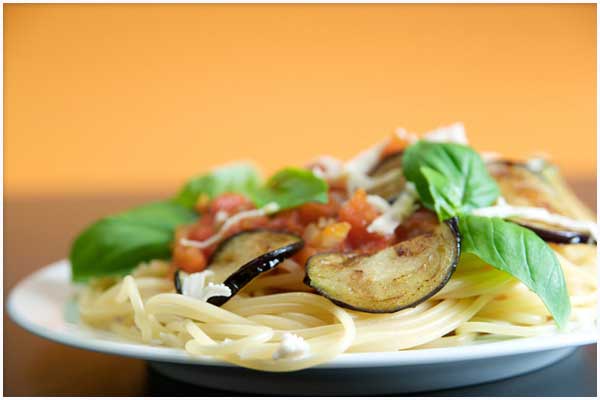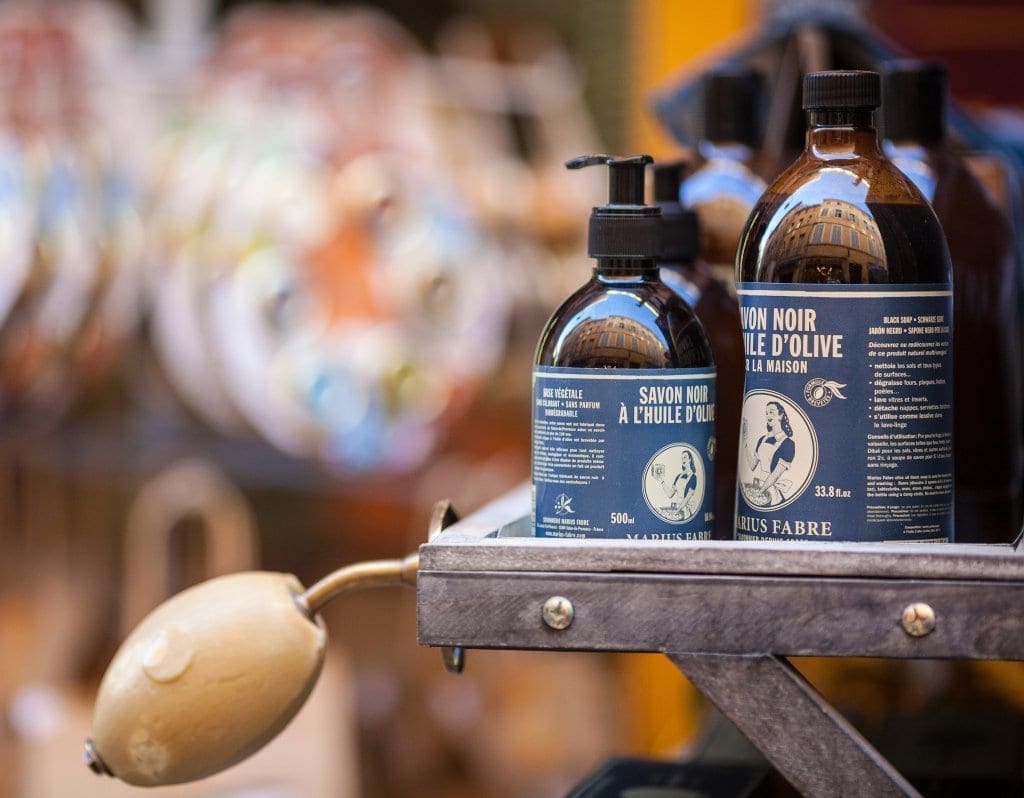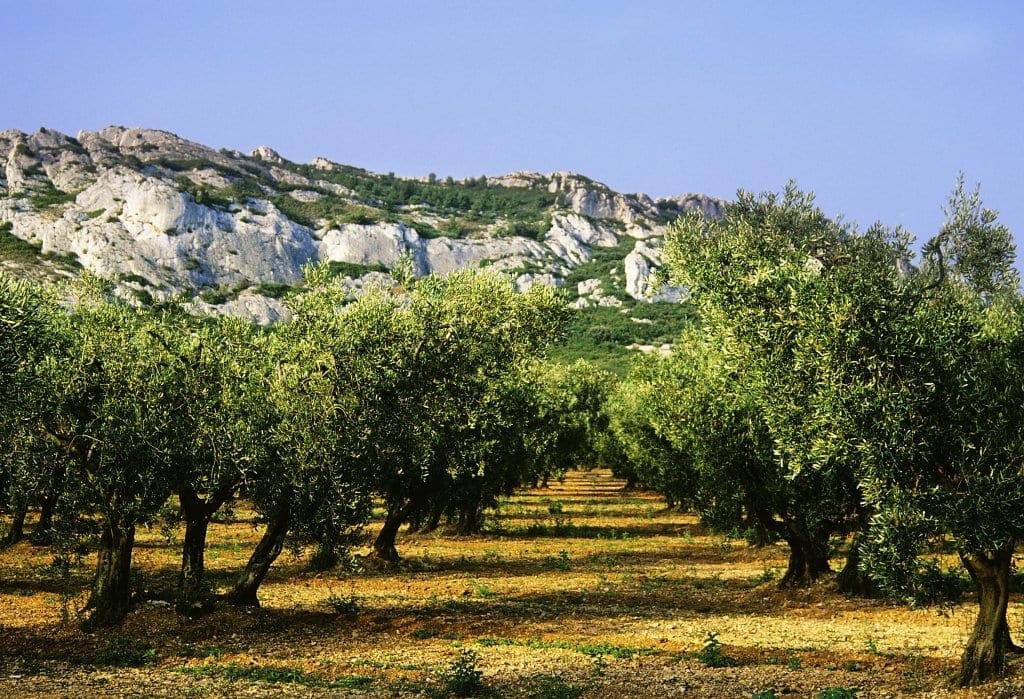
The Best Italian Pasta Experience: Ten Must-Try Dishes
December 18, 2011
Discover Italy's top 10 best pasta dishes in 'The Ultimate Italian Pasta Experience' - a culinary tour of authentic, flavorful Italian classics.
Estimated reading time: 5 minutes
France is justly world-renowned for the quality of its Cuisine – the freshness and diversity of its ingredients, often chosen that day from local markets that are used to create such a variety of fantastic dishes. We owe France so much in terms of food, and, of course, there’s the wine! And yet, when it comes to olive oil, one of the central components of the Mediterranean (and indeed European) diet, the world tends to overlook France, even sun-blessed French regions like Provence. This is our mistake, as France produces olive oils that can easily rival the finest offerings from more famous producers such as Greece, Italy, and Spain.

Although France produces a tiny amount of olive oil compared to its European neighbors (only 5,000 tonnes per year), the vast majority of the output is superior quality extra virgin olive oil – French growers understand that bigger is not necessarily better! Most olive oil comes from small outfits in designated regions with strict legal controls on quality, variety, and yield. French Cuisine, especially Provencal Cuisine, fully uses the country’s wonderfully varied olive oils – oils are used for sautéing foods and are added to salads, sauces, dips, and marinades. Olives are also essential in the classic Provencal paste, Tapenade – a quintessential dish made with olives, olive oil, anchovies, capers, and garlic.
As you might imagine, France’s southern regions form the country’s olive oil production heartland. The Languedoc-Roussillon in south-west France offers an incredible kaleidoscope of different olive varieties – Aglandeau, Bouteillan, Lucques, and Negrette are some of the types you will encounter – and each variety has its own unique taste and style, ranging from exotic and spicy to light, delicate and fruity. In other words, olive oil to suit every palate! The region has the ideal climate that enables the olive tree or ‘l’olivier’ (which incidentally can live for 1000 years) to ripen its fruit, long dry summers, and mild winters for which the area is famous.
After the foraging expeditions throughout the winter, the hunters sell the fresh winter black truffles at markets throughout France. The largest truffle market is the market at Richerenches in southeastern France. Another key market is in Lalbenque, which is not far from the region of Perigord itself. Such is the demand for the Périgord truffles, whose prices readily exceed 1000 per kilo in the farmer’s markets held in France in January every year.

But undoubtedly, France’s most famous producer of olive oil is the majestic, beautiful region of Provence. Olive trees fill the Provencal landscape with impunity. They have been essential to the area’s agricultural heritage for centuries. Today, olive groves hug the windswept hills across Provence. The warm, benign climate and chalky soils offer the olive tree the perfect terroir or conditions; no other part of France is more suited to olive oil production. Key varieties include Aglandau, planted extensively in the Luberon sub-region, giving lighter, smoother, and more subtle oils than its cousins in Italy and Spain. Two other prized varieties are Salonenque and Grossane; both are grown in the Baux de Provence district and are renowned for their intense bouquet of freshly cut grass, pollen, and artichokes – perfect accompaniments to the region’s salads, vegetable dishes, fine fish dishes, and even cheeses.
The olive harvest typically occurs in September/October in the Languedoc and November in Provence, depending on the olives” desired ripeness and the style of oil you want to make. Green or black olives – depending on when the harvest occurs, which can run into January – are then pressed using a cold-press technique. The first press produces a high-quality extra virgin olive oil with less than one percent acidity. Oils with a higher acidity are classified as virgin olive oil. Various categories of French olive oil exist, including fine virgin olive oil and refined olive oil. The classification of oils depends on their acidity, smell, and flavor: different aromas characterize different oils: “fruité noi” is associated with vanilla and truffle, and “fruité mûr” with nut and sweet almond. Different producers decide whether to filter their oil or not; unfiltered oils will have a cloudy appearance, although connoisseurs often say they have a superior flavor. Of course, your palate will clue you in. Good French extra virgin oil will last several years if stored in a cool, dry place.
Corsica is one final French region that must not be omitted from this discussion. Despite having virtually no renown outside France, Corsican olive oil production has enjoyed a renaissance in recent years and now ranks alongside France’s best. In Corsica, olives are only picked when black and ripe; the oil is famed for being particularly pungent yet delicate on the palate. Try the oils of Marfisi’ for a real treat!’Corsica is one final French region that must not be omitted from this discussion. Despite having virtually no renown outside France, Corsican olive oil production has enjoyed a renaissance in recent years and now ranks alongside France’s best. In Corsica, olives are only picked when black and ripe; the oil is famed for being particularly pungent yet delicate on the palate. Try the oils of Marfisi for a real treat!
If you would like us to customize an exclusive luxury tour, contact us and let us know your travel plans. We offer luxury food and wine tours for private groups of a mininium two guests. In addition, all of our private, chauffeured tours are available year-round upon request.


Mike Clarksays:
September 10, 2017 at 9:19 pm
Interesting site.......I agree that crench olive oils are unjustly ignored.....probably becayse of their low production volumes. This should be worked on!